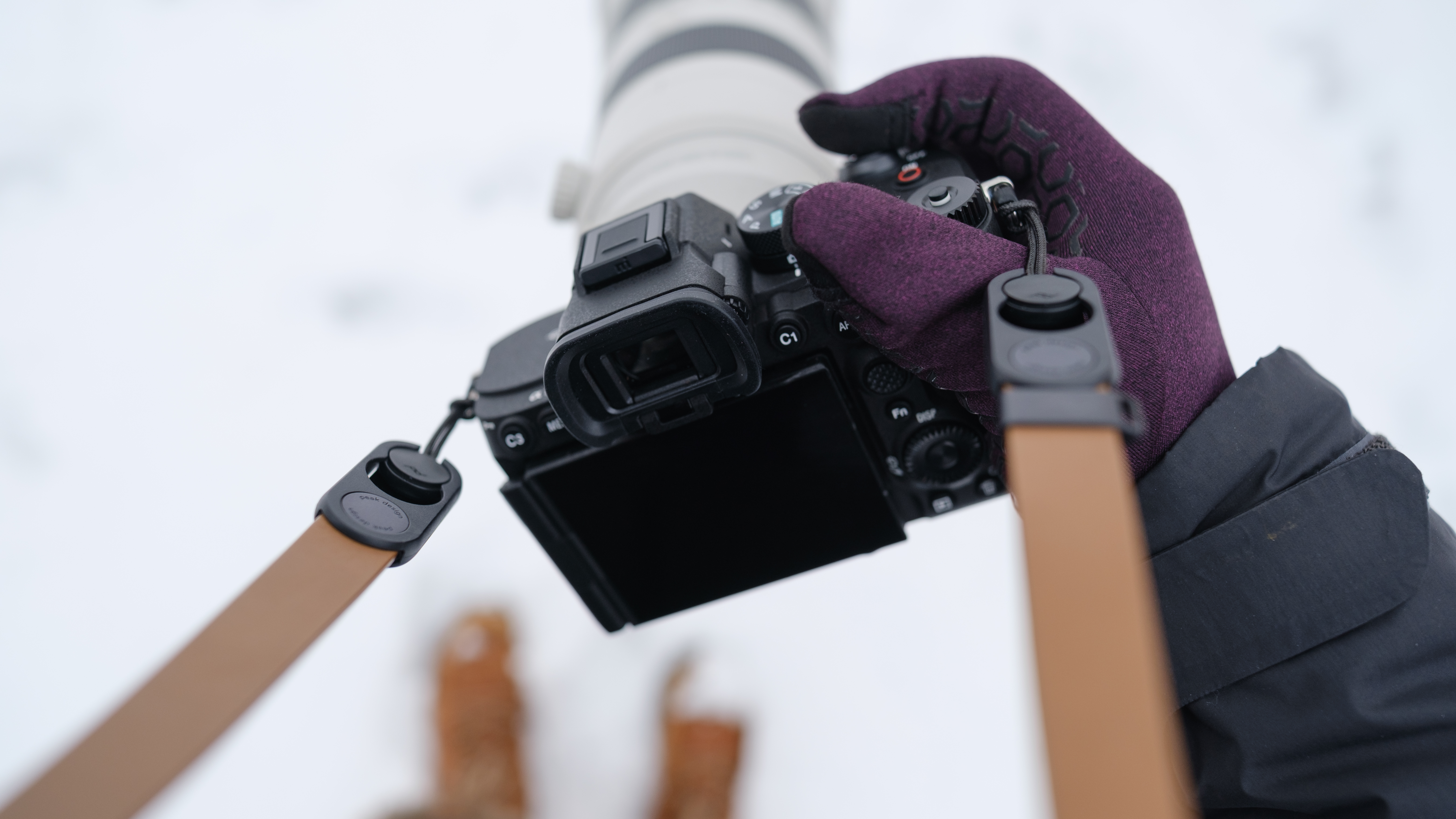Home photography ideas: Use long lenses for great floral photos in your garden
Don’t just reach for your macro lens when out in the garden; play the long game and shoot with a telephoto zoom
Watch the video: Home photography ideas – Long lenses for great floral photos
With the warm weather season upon us and flowers coming into bloom, you can get some glorious shots your garden – but how do you take a photograph that does the mass of colors in those bright borders justice?
A standard approach to shooting flowers is to reach for the macro lens – but this method shows off the beauty of individual blooms, not of the whole bed. Instead, you could try shooting with a wide zoom setting, and show off the planting as the gardener planned it.
However, a more exciting solution is to go long and use a telephoto. The beauty of a telephoto lens is that it enables you to shoot the border from further away, and this changes the perspective so that clumps of different flowers from the camera appear closer together. They’re compressed more tightly in the frame, and this means that you can really start packing the color into your picture.
• Get more Home photography ideas
• Best telephoto zoom lenses
You don’t need a particularly long telephoto to achieve this effect; a 100mm setting is more than sufficient to get going. However, a lens with a zoom range up to 200mm or 300mm will give you more options as you will be able to employ a wider range of shooting positions.
With a telephoto lens it will be impossible to get every petal in focus, so don’t even try! Instead, you need to aim to get one bloom sharp in the shot – then use this as your focal point, and let all the others in front and behind go gently out of focus. You will therefore need to set your focus carefully, and choose an aperture that enables you to create a graduated blur across the frame.
The best camera deals, reviews, product advice, and unmissable photography news, direct to your inbox!
• 10 best online photography courses
As flowers wave in the slightest breeze, you will need to set a fairly fast shutter speed anyway, so our advice is to forget the tripod and shoot handheld. Follow our simple steps to see how it is done…
01 A narrow view
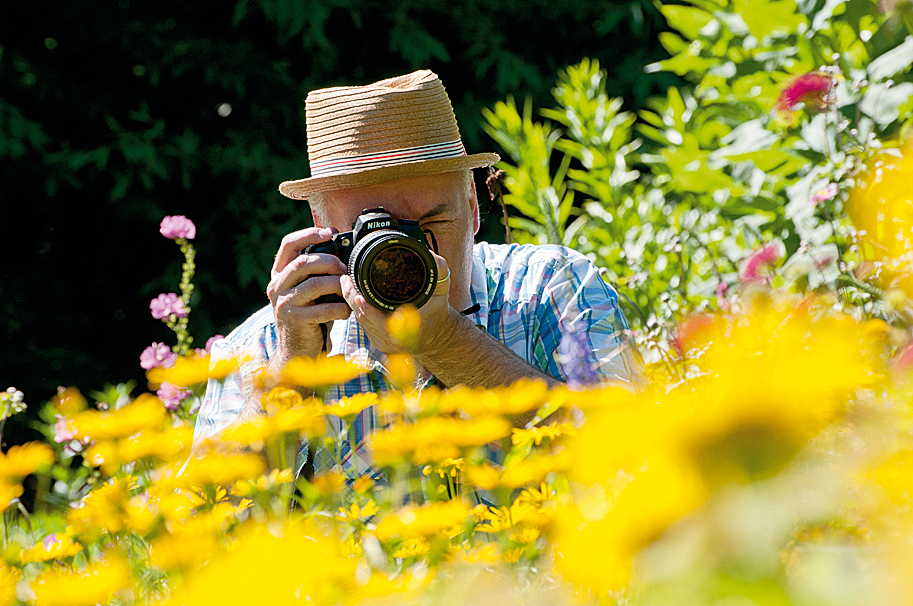
The longer the lens you use, the further away you stand – so this affects the perspective of the flowers. Even a modest telephoto enables you to pack blooms tighter into the frame. And small changes in camera position will enable you to change which blooms appear in the background.
02 Pick a flower
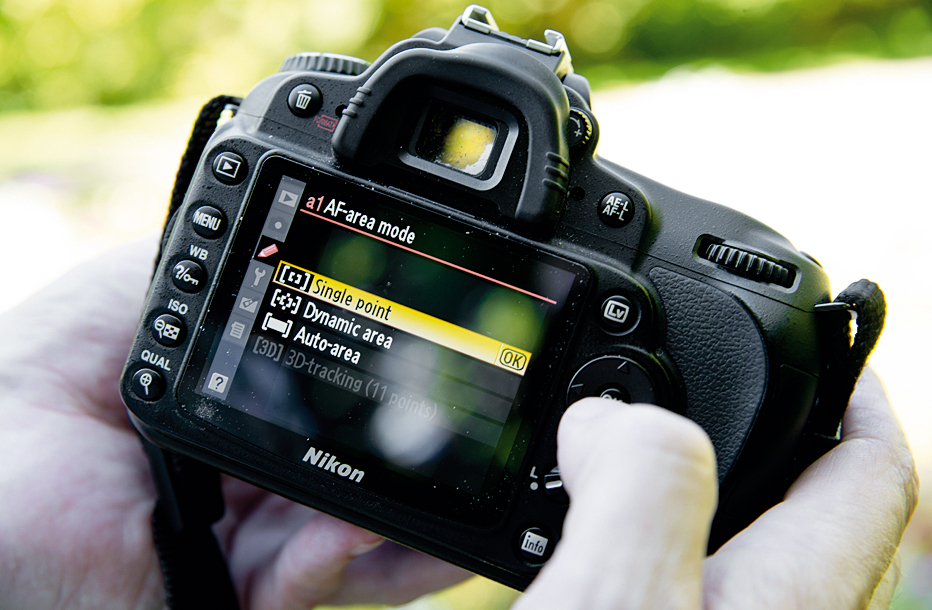
Pick one flower to focus on, so this appears sharp and can act as a focal point. In the custom functions for autofocus, set the AF Area mode to Single Point. Now choose the exact AF point that you want to use.
03 Get up to speed
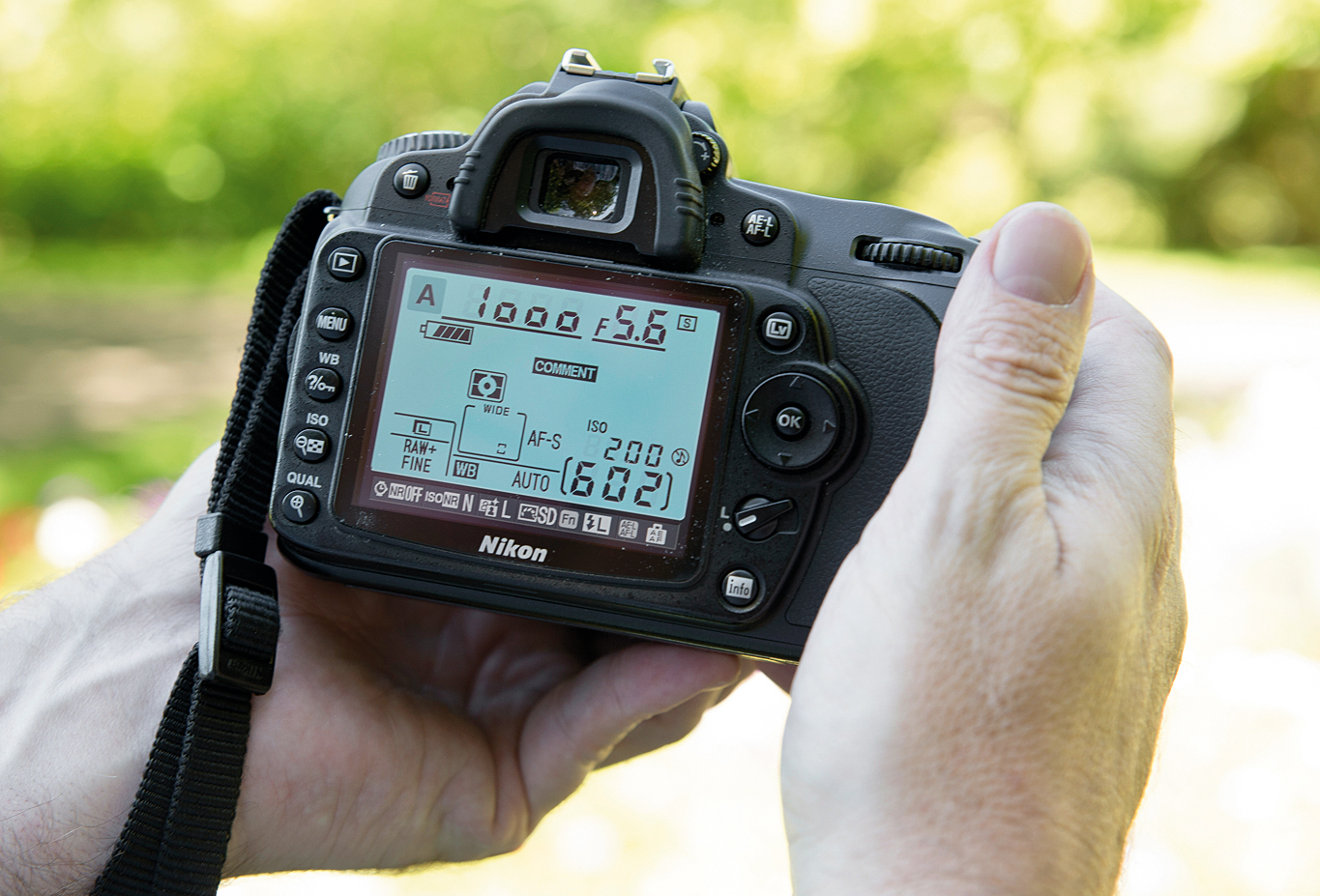
The key thing about the exposure is to ensure that the shutter speed is fast enough to avoid camera shake, and keep the flower that's in focus as sharp as possible. Use aperture priority, adjusting the aperture and ISO values until you get a shutter speed of 1/500sec or faster.
04 Exposure compensation

Check the exposure after each shot, and use exposure compensation to brighten or darken the shot. With white flowers expect to use around +1.0 EV of compensation. With dark backgrounds you may well need to go the other way, with exposure compensation set to around -1.0 EV.
More videos:
Photography tips and techniques videos
Landscape photography composition: fill the frame with a wide angle lens
Focus stacking: how to get amazing depth of field in macro photography
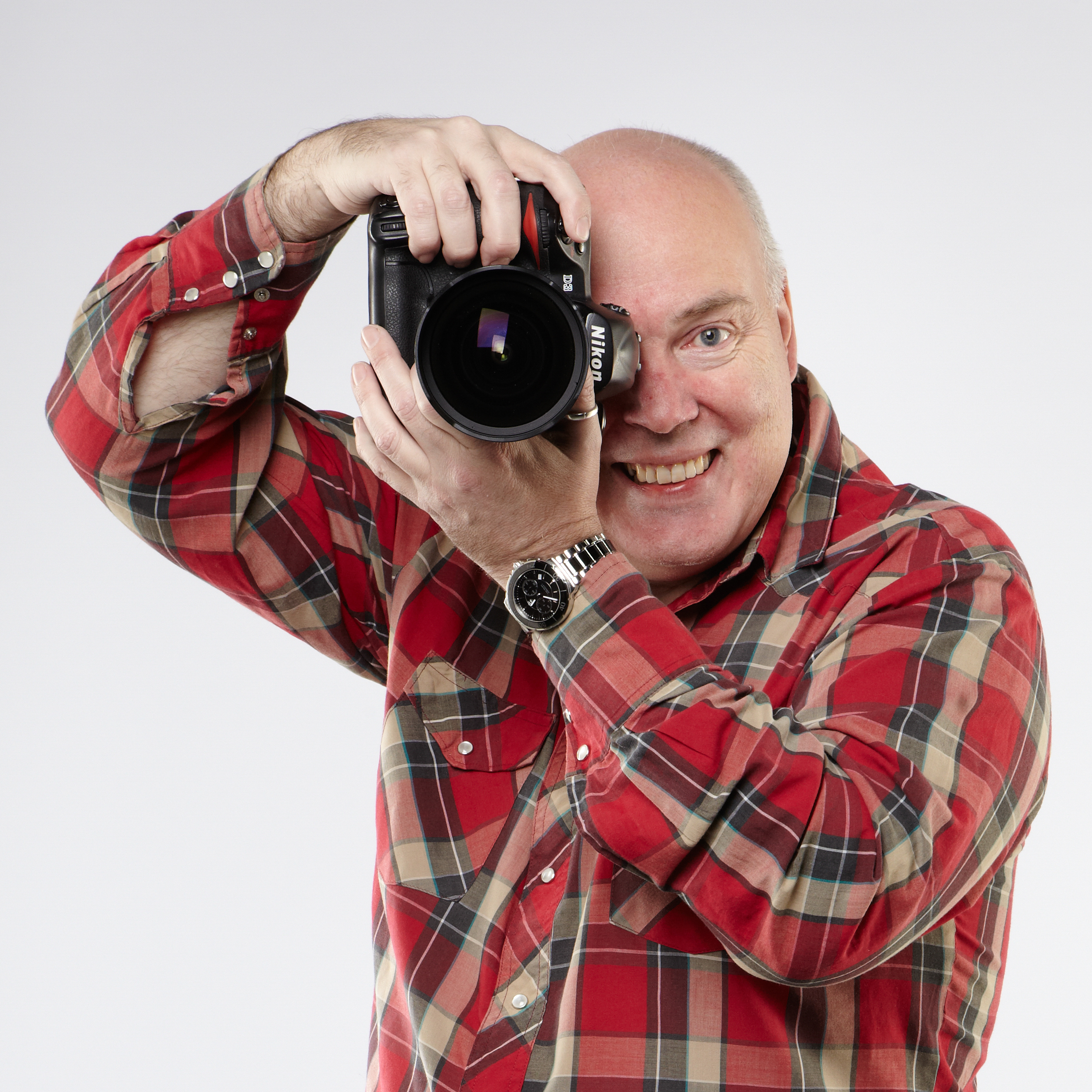
Chris George has worked on Digital Camera World since its launch in 2017. He has been writing about photography, mobile phones, video making and technology for over 30 years – and has edited numerous magazines including PhotoPlus, N-Photo, Digital Camera, Video Camera, and Professional Photography.
His first serious camera was the iconic Olympus OM10, with which he won the title of Young Photographer of the Year - long before the advent of autofocus and memory cards. Today he uses a Sony A7 IV, alongside his old Nikon D800 and his iPhone 15 Pro Max.
He is the author of a number of books including The Book of Digital Photography, which has been translated into a dozen different languages.
In addition to his expertise in photography and videomaking, he has written about technology for countless publications and websites including The Sunday Times Magazine, The Daily Telegraph, What Cellphone, T3 and Techradar.
